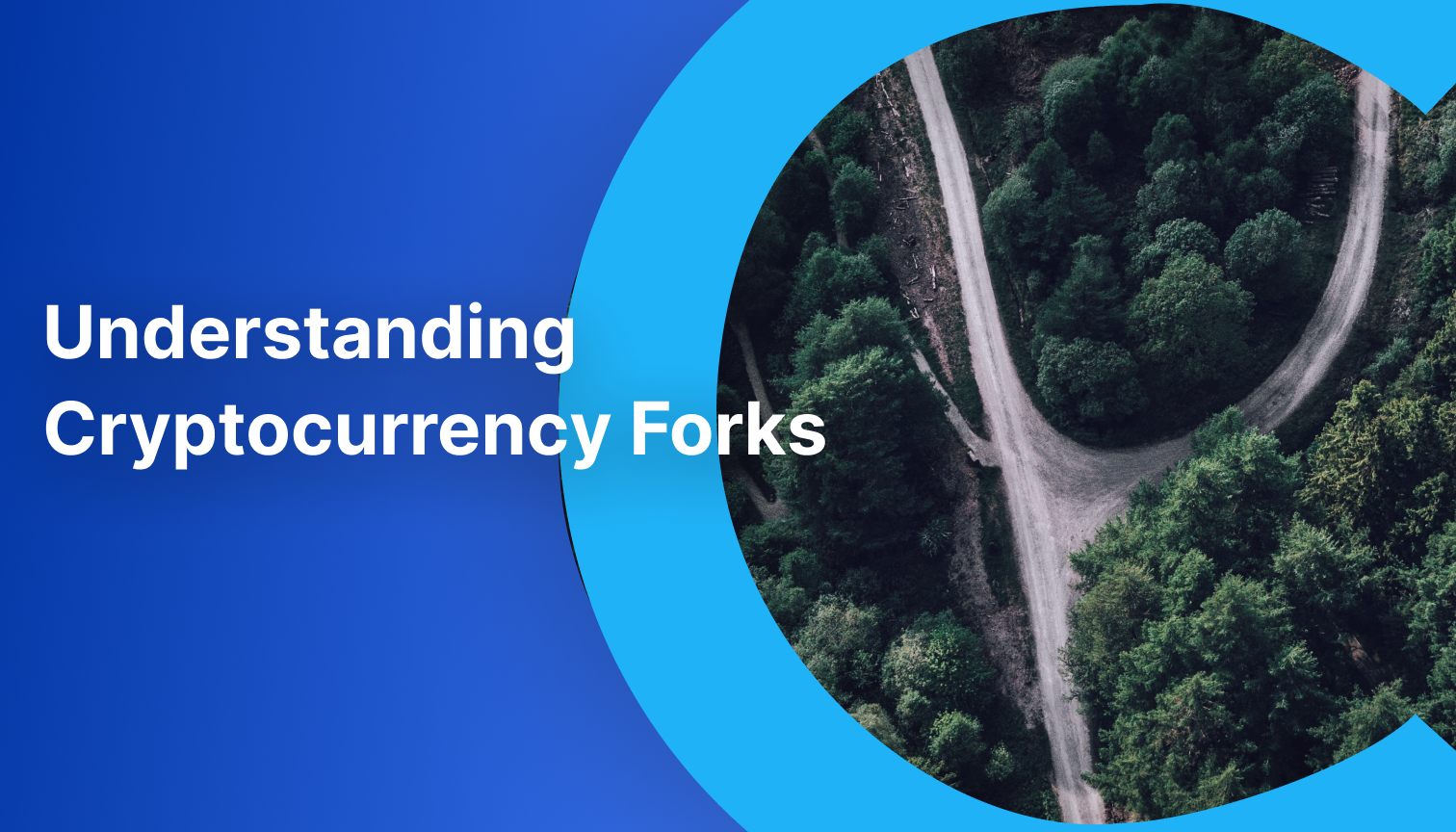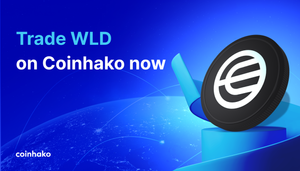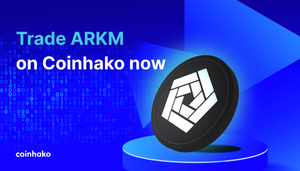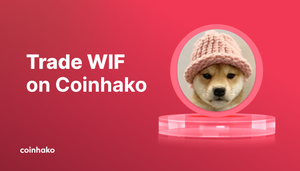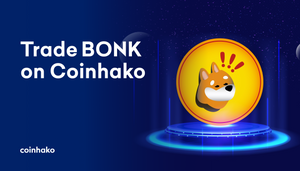When you hear the word ‘fork’, it’s hard not to think of the utensil — fortunately, the beauty of language allows for multiple interpretations of a single word. The ‘fork’ the crypto natives are concerned with share more similarities with the kinds you see on the roads, much like the one Robert Frost wrote about.
What are Cryptocurrency Forks?
A cryptocurrency fork occurs when a blockchain network splits into two separate chains, resulting in the creation of a new cryptocurrency. This split can happen for various reasons, such as differences in opinions among developers or disagreements over the direction of the project.
Some forks are planned and intentional, while others may be a result of contentious debates and conflicts within the community. In some cases, forks can be initiated to address security vulnerabilities or improve upon existing features.
The impact of forks on the cryptocurrency community can be significant. They often lead to a division among users, with some choosing to adopt the new forked currency while others remain with the original chain. This can create two separate communities with different visions and goals. Furthermore, forks have implications for users holding cryptocurrencies at the time of a fork. Depending on their holdings and involvement in each chain, they may receive an equivalent amount of newly created coins from the forked chain or face complexities related to managing their assets across multiple chains.
Overall, forks play a crucial role in shaping the landscape of cryptocurrencies by allowing for innovation and diversification within blockchain networks. However, they also introduce challenges such as fragmentation and potential confusion among users.
What is the difference between a soft fork and a hard fork?
A soft fork in the context of cryptocurrencies refers to a backward-compatible upgrade or modification made to the blockchain protocol. This means that older versions of the software can still recognize and accept new blocks created by participants who have adopted the changes. Soft forks typically introduce new rules or restrictions without invalidating older transactions.
Implementing a soft fork offers several advantages. Firstly, it ensures compatibility with older versions of the software, maintaining network consensus and minimizing disruption for users. Secondly, it allows for gradual adoption by participants, reducing any potential resistance to change. Additionally, soft forks are less resource-intensive compared to hard forks since they do not require all participants to upgrade their software simultaneously.
However, there are also some disadvantages associated with implementing a soft fork. One notable drawback is that it may limit the extent of innovation as new features must remain compatible with previous versions. Furthermore, since participation in a soft fork is voluntary, achieving network consensus can be more challenging compared to hard forks.
In contrast to a soft fork, a hard fork involves a non-backward-compatible upgrade or modification to the blockchain protocol. This results in two separate chains being created: one following the old protocol and another following the new protocol. Notable examples of hard forks include Bitcoin Cash (a result of diverging opinions on block size) and Ethereum Classic (resulting from philosophical differences regarding immutability).
During a hard fork, users are faced with important considerations and implications. Firstly, they must decide which chain they will support by choosing an appropriate version of the software client. Secondly, there is often confusion surrounding asset ownership as both chains may share transaction history up until the point of divergence. Users must also be cautious when transacting during a hard fork, as there is a potential for replay attacks. This occurs when transactions made on one chain are replicated on the other, leading to unintended consequences.
Exploring Ethereum Forks
Ethereum is known for its smart contract functionality and decentralized applications (dApps) development capabilities, but one interesting aspect to consider when discussing Ethereum is the existence of notable forks, such as Ethereum Classic.
These forks are essentially separate chains that have emerged from the original Ethereum blockchain. The reasons behind these forks can vary, but they often stem from disagreements within the community regarding certain decisions or updates proposed by the Ethereum developers. The outcomes of these forks can have different impacts on both chains.
In some cases, they may lead to increased competition between the original Ethereum network and its forked version. This can create a healthy ecosystem where developers and users have multiple options to choose from based on their preferences.
On the other hand, forks can also cause confusion among users and investors who might find it challenging to navigate between different versions of Ethereum. Furthermore, it may lead to fragmentation within the community as resources get divided between different chains.
Understanding Bitcoin Forks
As Bitcoin gained popularity and adoption grew rapidly, it encountered various challenges and disagreements within its community. These differences of opinion led to several major forks in the Bitcoin blockchain. Notable examples include Bitcoin Cash (BCH) and Bitcoin SV (BSV).
Bitcoin Cash emerged in 2017 as a result of a contentious hard fork that aimed to address scalability issues faced by the original Bitcoin network. This fork increased block size from 1MB to 8MB, allowing for faster transaction confirmations and lower fees. The motivation behind this fork was to create a cryptocurrency that could be used for everyday transactions without facing scalability limitations.
Bitcoin SV came into existence in November 2018 after another controversial hard fork from Bitcoin Cash. This fork was primarily driven by differing visions regarding block size limits and protocol changes within the BCH community. Proponents of BSV believe that adhering closely to Satoshi Nakamoto's original vision is crucial for long-term success.
These forks have had notable impacts on both the market and investor sentiment towards Bitcoin-related projects. While they provided alternatives with improved scalability features, they also created divisions within the crypto community due to conflicting interests among developers and supporters.
Cardano Vasil Fork
The Cardano Vasil fork was a significant milestone in the evolution of the Cardano blockchain. The upgrade brought forth numerous enhancements and improvements to the network, reinforced its commitment to decentralization and security.
With this fork, Cardano takes a step forward towards its vision of becoming a robust, scalable, and sustainable blockchain platform. The upgraded Cardano blockchain introduces various improvements that enhance its functionality and performance. These upgrades include protocol enhancements, optimizations in transaction processing, and overall network efficiency.
By implementing these upgrades, Cardano aims to provide its users with a seamless experience while maintaining the highest standards of security. One noteworthy aspect of Cardano's development is its focus on decentralized governance.
How does Coinhako handle forks?
In the event of a fork, Coinhako would prioritize the safety of our customers and their funds when making any decisions. We will only adopt processes that we can be certain will not compromise the safety of our customer’s funds.
Prior to the fork, we would consult with various cryptocurrency-related companies and market makers before taking a stance on the situation. Any decision to adopt a forked currency or change in process would be thoroughly reviewed. This would be based on the collated set of criteria gathered from the external parties, in addition to our company's own stance.
What the future holds
Forks play a crucial role in the ongoing evolution of blockchain technology. They serve as significant milestones that mark important updates or changes within a blockchain network. By considering various factors when dealing with forks, individuals can navigate this aspect of cryptocurrency with greater confidence while being prepared for potential impacts on the market.
Disclaimer: All writers’ opinions are their own and do not constitute financial advice. As a company, we do our best to provide information that is accurate and valuable. The contents of this blog post are intended for educational purposes only. Individuals are advised to perform due diligence before purchasing any cryptocurrencies as these assets are subject to high volatility, and understand the risks associated with trading cryptocurrencies.
👉 Join us on Telegram and Instagram
🤔 For any queries, please reach out to us here, or visit our Help page.
Copyright © Coinhako 2023 All Rights Reserved. Read more on our terms of use of this blog. All opinions expressed here by Coinhako.com are intended for educational purposes, taken from the research and experiences of the writers of the platform, and should not be taken as investment or financial advice.
